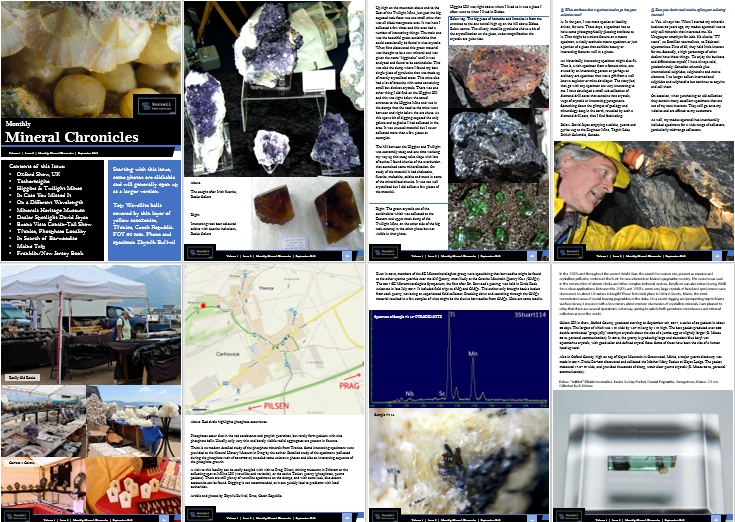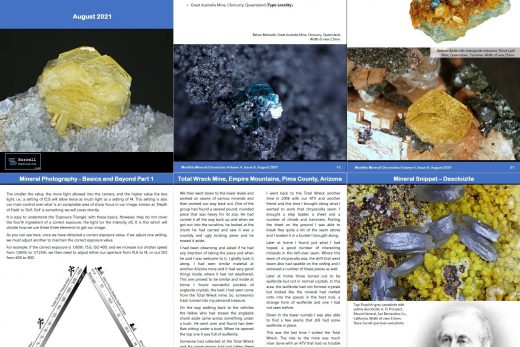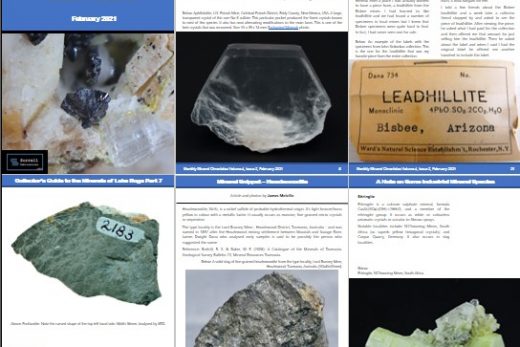By Eric L Stevens and Steve Sorrell (photos by Steve Sorrell unless otherwise noted)
Updated and revised from an article originally published in the Australian and New Zealand Mineral Collector Magazine issue 6, 2008.
Featured image: Calcite, Biggenden, Queensland. 4mm FoV.
Location
The mine is situated 8km WSW of the township of Biggenden, almost 100km km W of Maryborough and 340km NW of Brisbane and is accessed by a track branching off the Biggenden – Gayndah road, 4km from Biggenden.
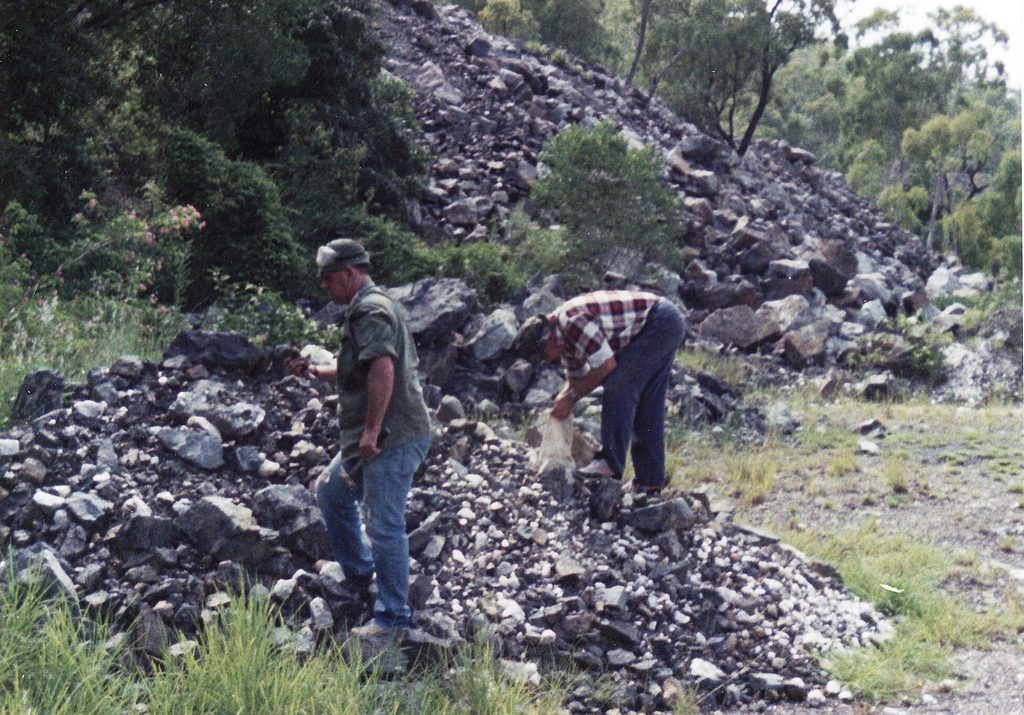
History
The mine was discovered about 1888. Production of bismuth and gold commenced in 1890, the same year as W. H. Rands, the Assistant Government Geologist, published the first report on the mine. Initially it was worked as an open cut operation of three separate cuttings but a small shaft was also sunk.
The mine was worked intermittently between 1890 -1912, mainly from underground operations with gold the principal metal mined from 1890-1901, with the ore values of gold (1-4 oz/ton) and Bismuth (~ 10%).
The principal gangue minerals were magnetite and calcite. Bismuth was the main metal mined from 1901: the principal minerals (in order of abundance) being bismuthinite and native bismuth and then the oxidised bismite and bismutite (in the upper zone of the deposit). The bismuth silicate, eulytite, was also reported.
From 1934-38 new workings were developed, but mining ceased due to the low price for bismuth and in 1967, magnetite production commenced by open cut and was used for beneficiation of export coal. The mine has yielded approximately 7000oz of gold since it began and from 1888-1915, produced 50% of Queensland bismuth production (~ 130 tons).
The mine is renowned to mineral collectors for a wide variety of excellent specimens of:
- large magnetite crystals
- secondary calcite crystals generally on primary calcite. The primary calcite fluoresces red but the secondary crystals do not fluoresce. There are commonly 2 or more generations of calcite present
- well-crystallised siderite
- fine crystals of epidote and actinolite
- crystals of arsenopyrite (some as cyclic twins), pyrite and chalcopyrite
- large quartz crystals, many of which are sceptred
- fine crystals of bismuthinite often found by leaching the primary calcite from vughs in the ore
In addition, during the 1980s, crystals of the zeolites heulandite and laumontite were found, and recent examination of one specimen collected in 1984 by Keith and Margaret Brown of Echuca resulted in the discovery of sprays of colourless prismatic natrolite crystals. Although not tested, the cross-section and terminations are typical of natrolite. No other reference has been found for this zeolite mineral at Biggenden.
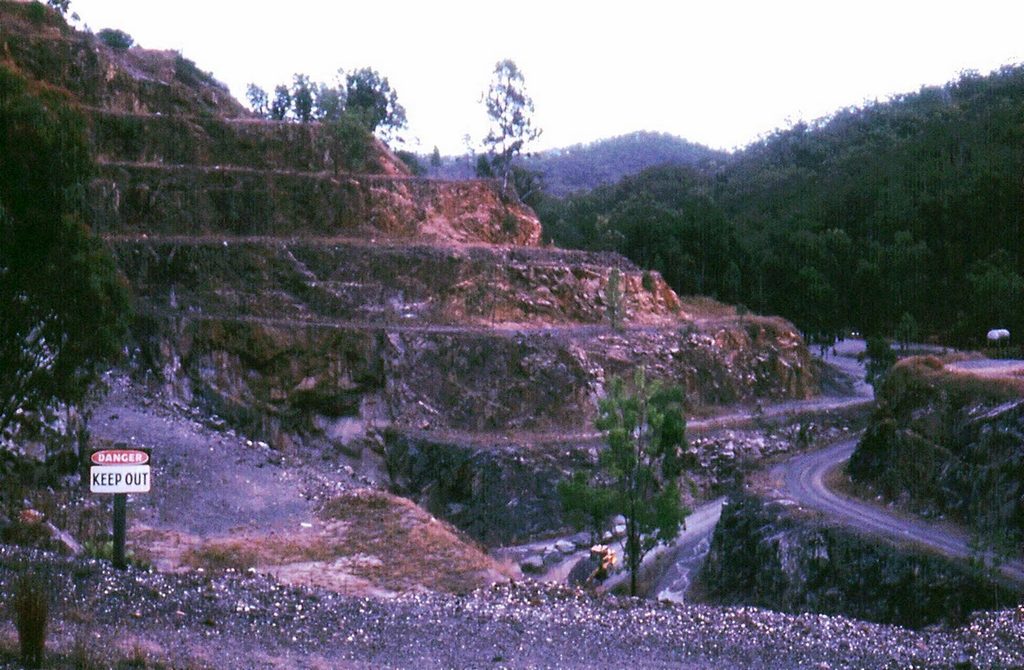
Geology (General)
In general, the deposits are metasomatic replacement deposits developed in limestones and calcareous sediments. They lie in the Lower Permian Biggenden Beds and consist of shale, limestone, chert, volcanics and mudstones. These were intruded by the Triassic Degilbo Granodiorite (215 myo) resulting in contact metamorphism and the formation of:
- hornfels derived from the basalt and andesite flows
- recrystallised limestone with diopside, epidote and garnet
- marble with garnet and epidote
Subsequent metasomatism occurred which degraded the metamorphic assemblages mainly through fracture zones and the processes of epidotisation, scapolisation and tourmalinisation.
Geology (Mine)
The orebody consists of one large and several smaller magnetite lenses with wall rocks of hornfelsed volcanic and calcareous strata. It is 95% magnetite with calcite the principal gangue mineral.
The orebody is thought to have been deposited through neutralisation of acidic hydrothermal solutions by marble and calcareous tuffs and sediments resulting in the subsequent deposition of sulphides causing local oxidation of magnetite to hematite.
Paragenesis
There is a fairly normal paragenetic sequence which has been initiated at high temperature with magnetite formation and continued to temperatures below 2710C, the melting point of bismuth. Bismuthinite and bismuth are widely spaced in the sequence although both occur in the actinolite rock. There were at least two periods of calcite deposition. It occurs as coarse masses of interlocking cleavage rhombs and also as prisms encrusting these rhombs.
Minerals
Over 120 different minerals have been found within 1km of the mine. Many other minerals have been reported but their identification has not been confirmed.
Over 80 minerals have been reported from the mine itself (but not all confirmed):
Actinolite, Albite, Amphibole Group, Andradite, Ankerite, Antimony, Apatite Group, Aragonite, Arsenic, Arsenopyrite, Asbolane, ‘Axinite’, Azurite, Barite, ‘Biotite’, Bismite, Bismuth, Bismuthinite, Bismutite, Bornite, Calcite, Chalcocite, Chalcopyrite, Chamosite, Chlorite Group, Cobaltite, Copper, Covellite, Diopside, Dolomite, Epidote, Erythrite, Eulytine, Ferro-pargasite, Fluorapatite, Fluorite, Galena, Goethite, Gold, Grossular, Gypsum, Hematite, Heulandite, ‘Hornblende’, Ilmenite, Joséite, Kaolinite, Laumontite, Löllingite, Magnetite, Malachite, Maldonite, Marcasite, Marialite, Meionite, Microcline, Molybdenite, Muscovite, Natrolite, ‘Olivine’, Orthoclase, Pargasite, Pharmacosiderite, ‘Psilomelane’, Pyrite, ‘Pyrolusite’, ‘Pyroxene Group’, Pyrrhotite, Quartz, Rutile, Scapolite Group, Scheelite, Schorl, Scorodite, Sepiolite, Siderite, Smithsonite, Sphalerite, Spinel, Tetradymite, Tetrahedrite, Titanite, Tremolite, Vesuvianite, Wad and Wollastonite.
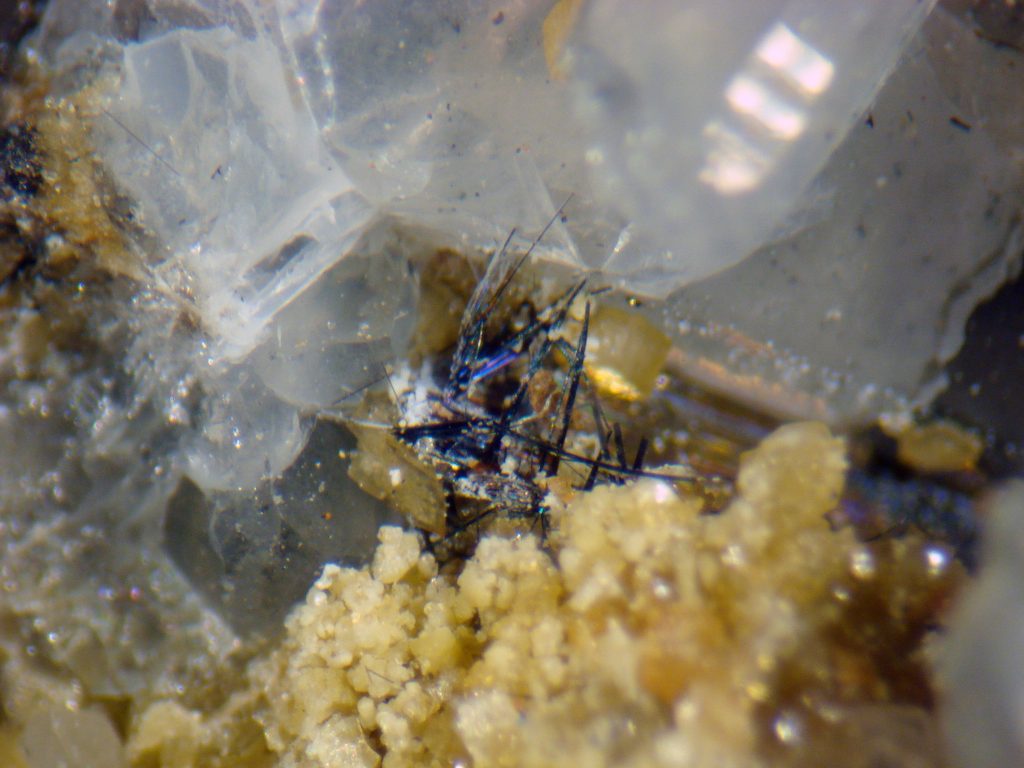
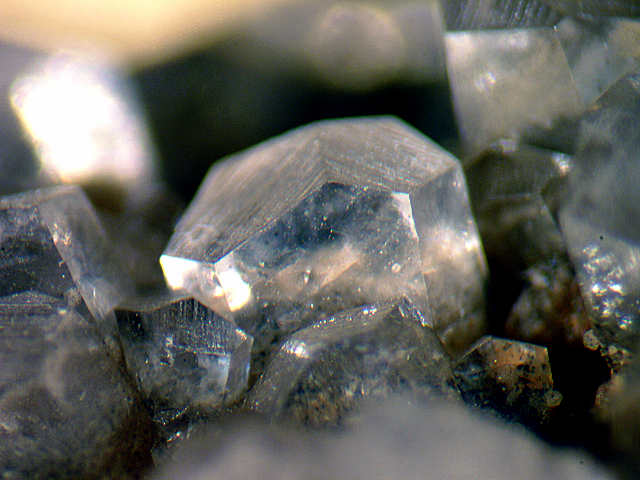
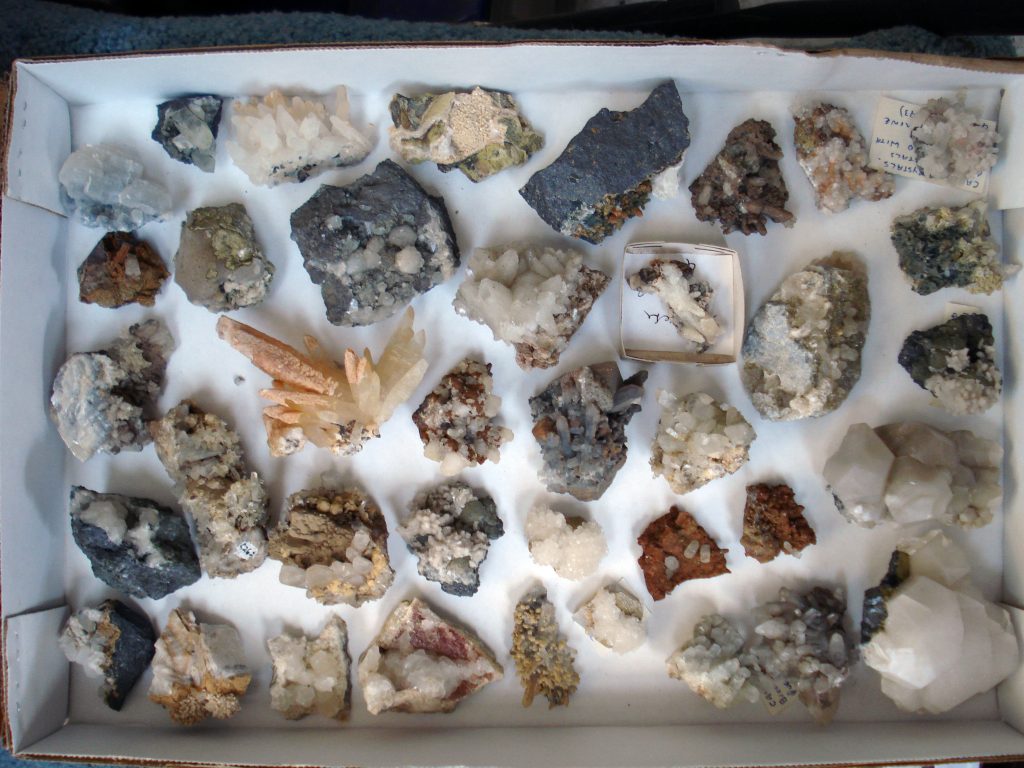
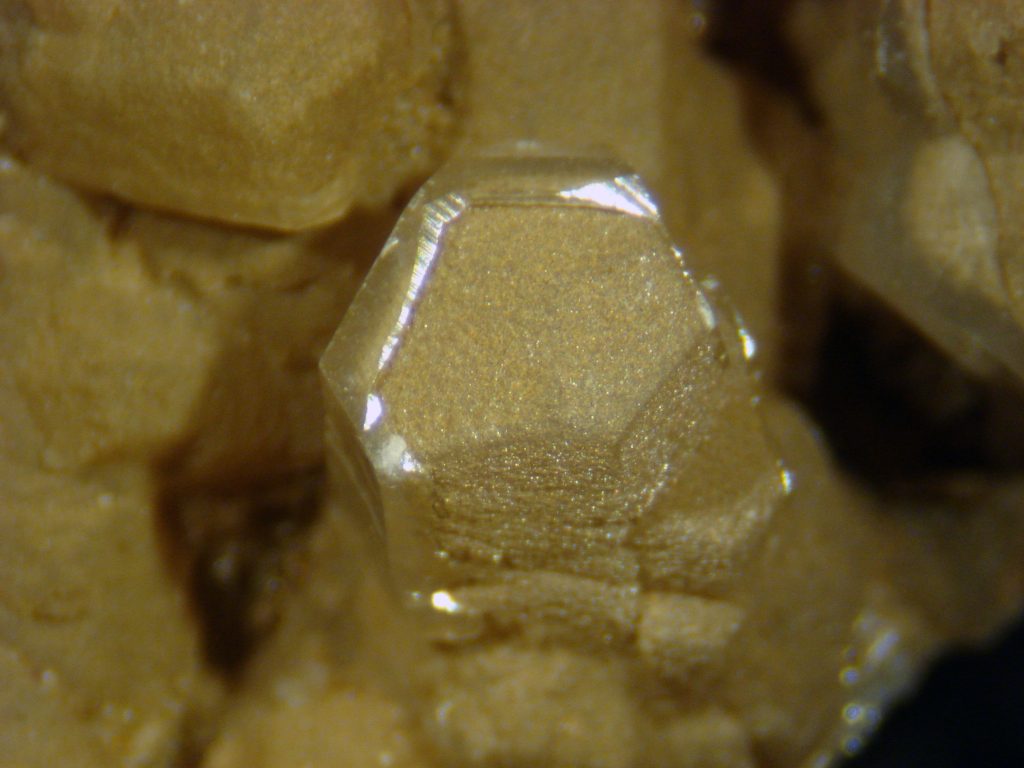
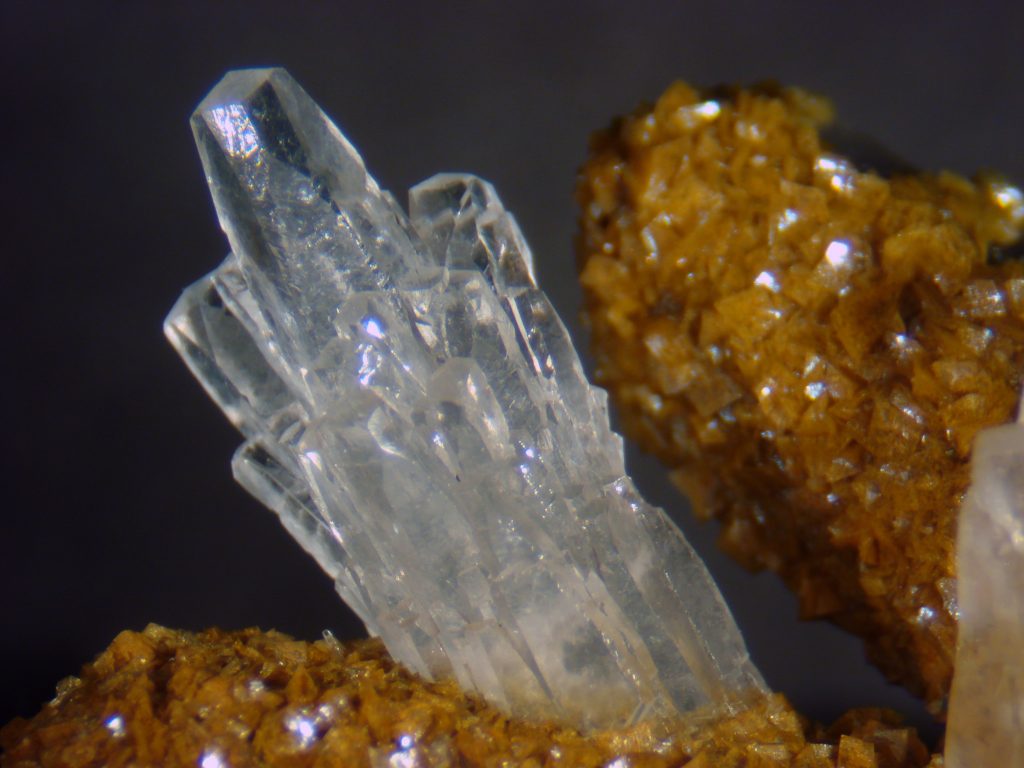
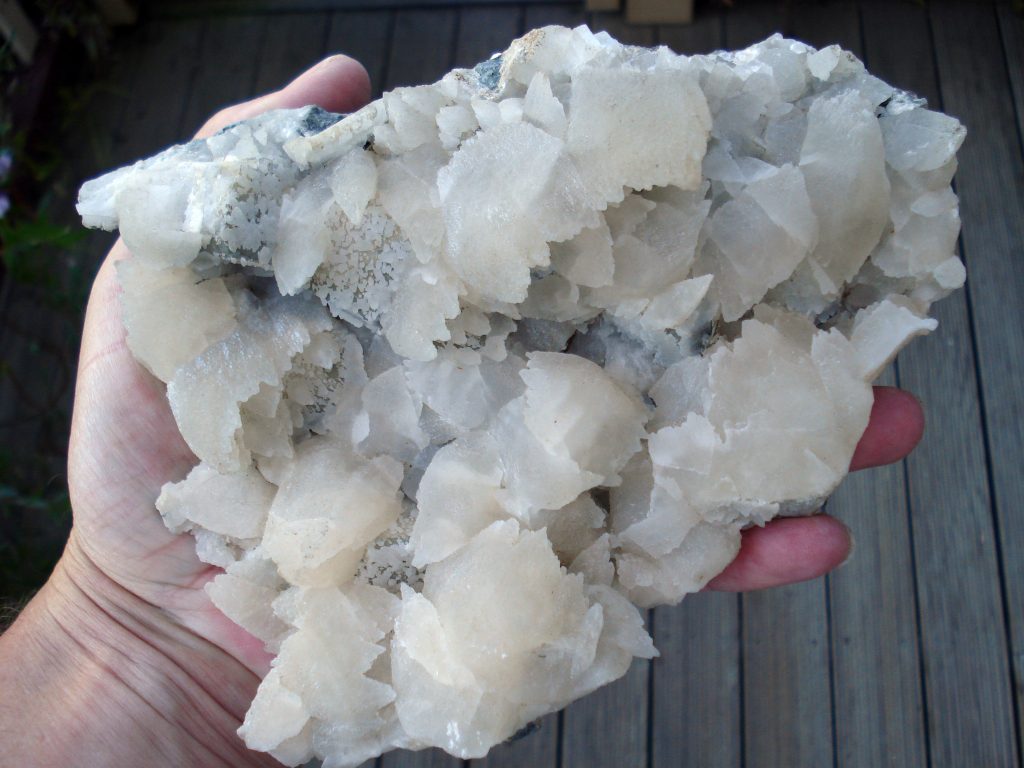
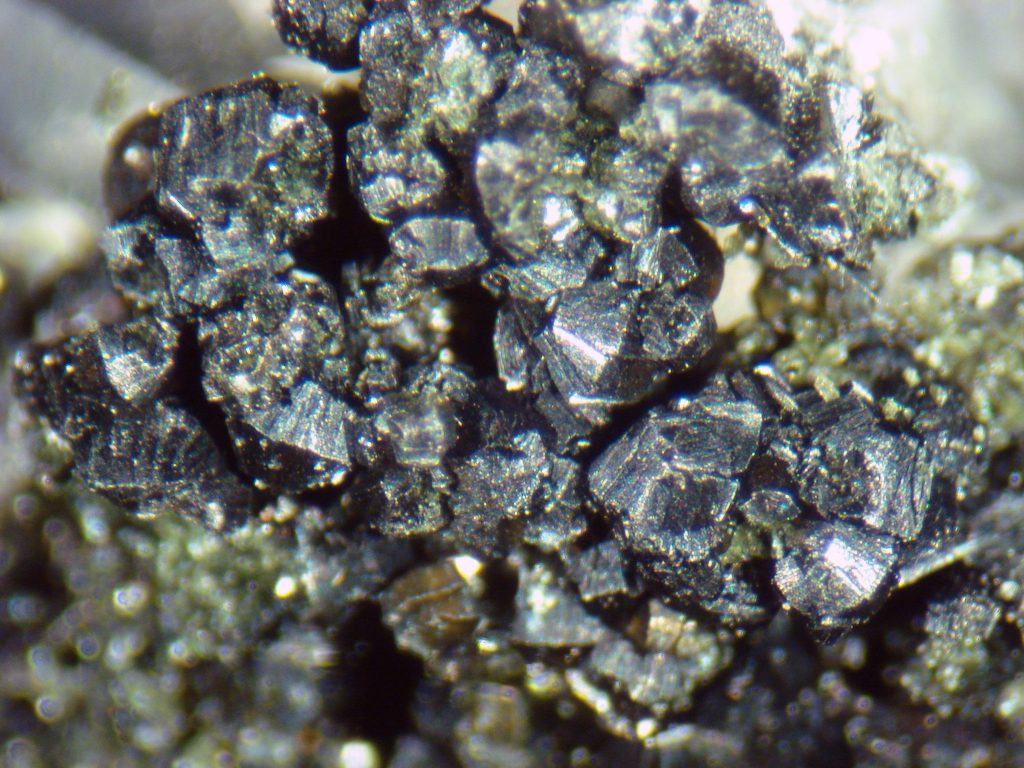
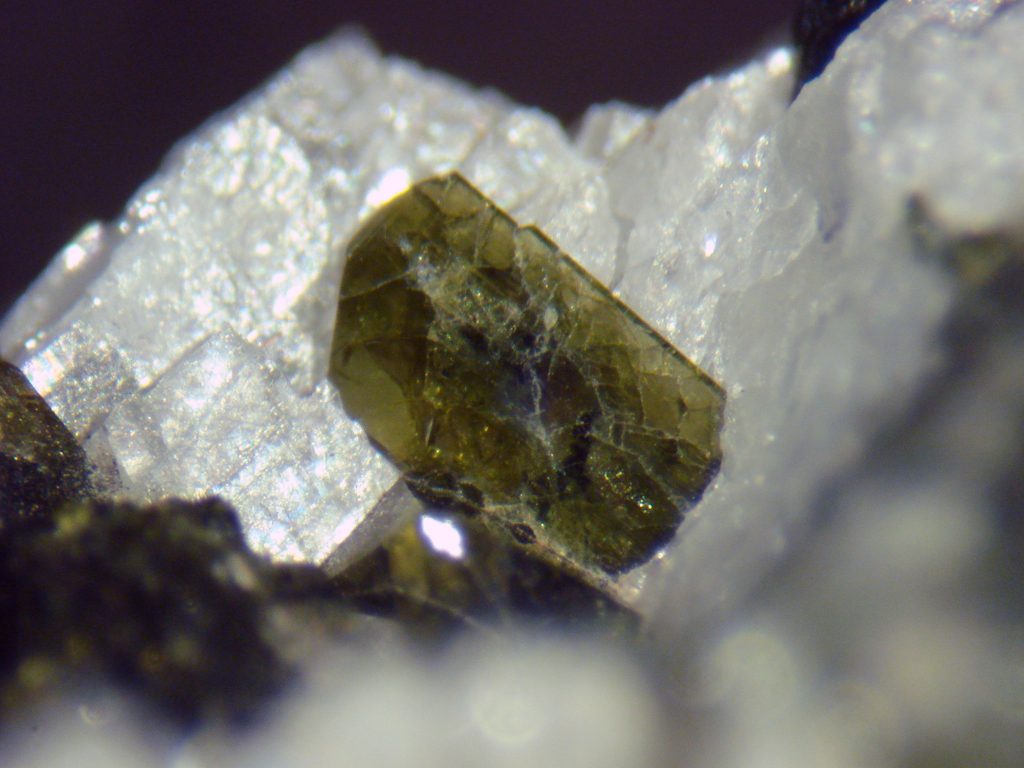
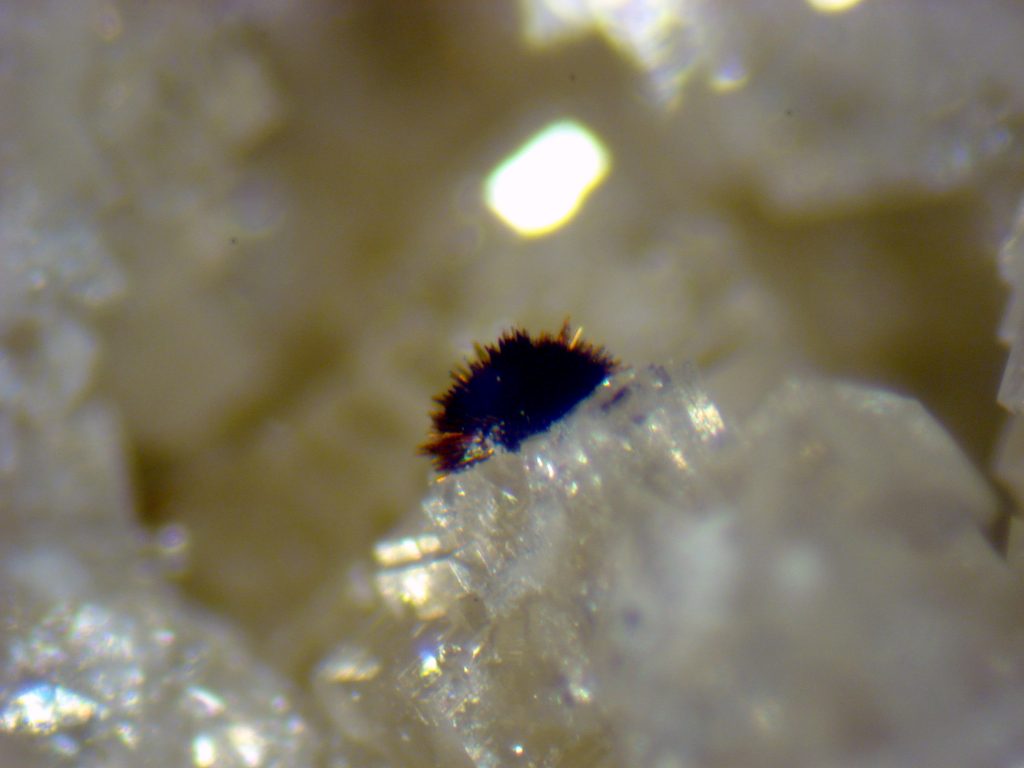
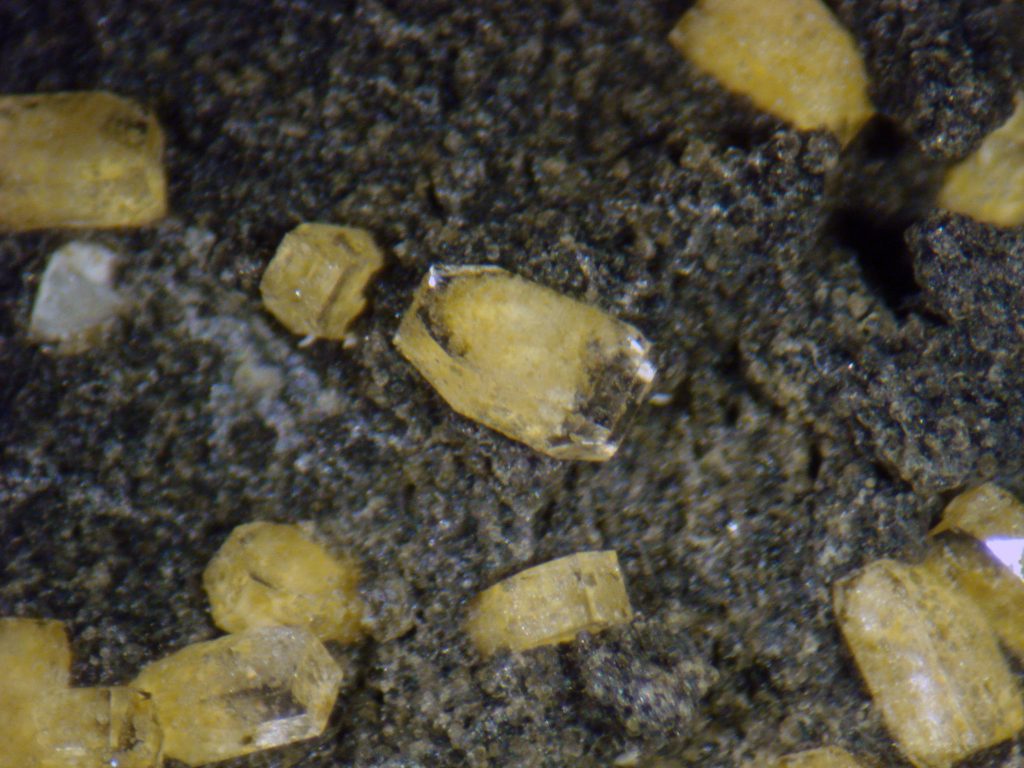
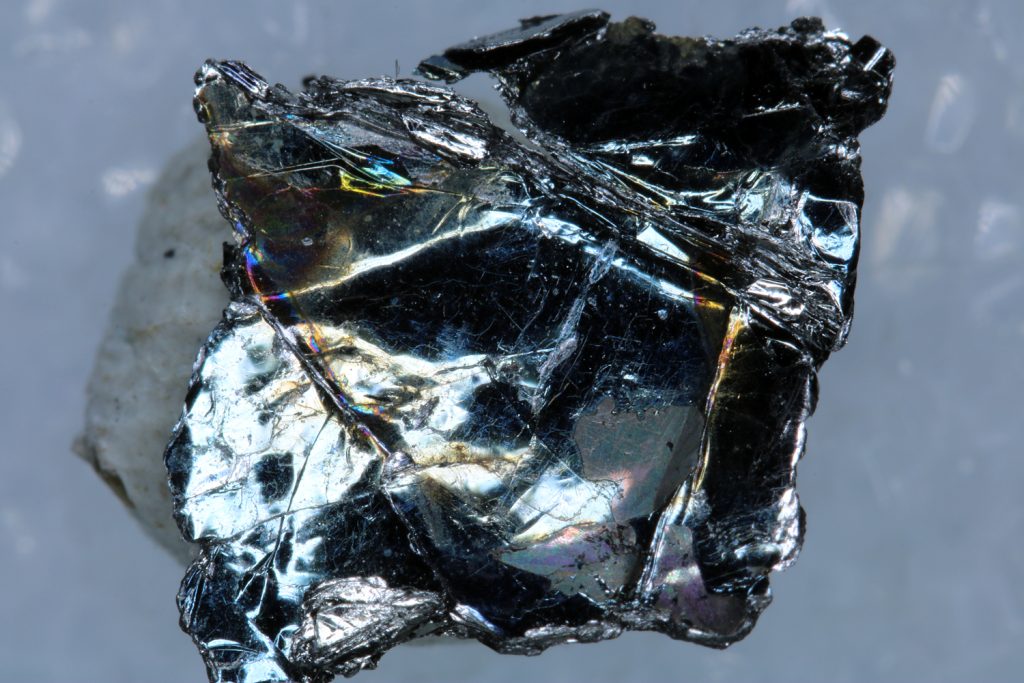
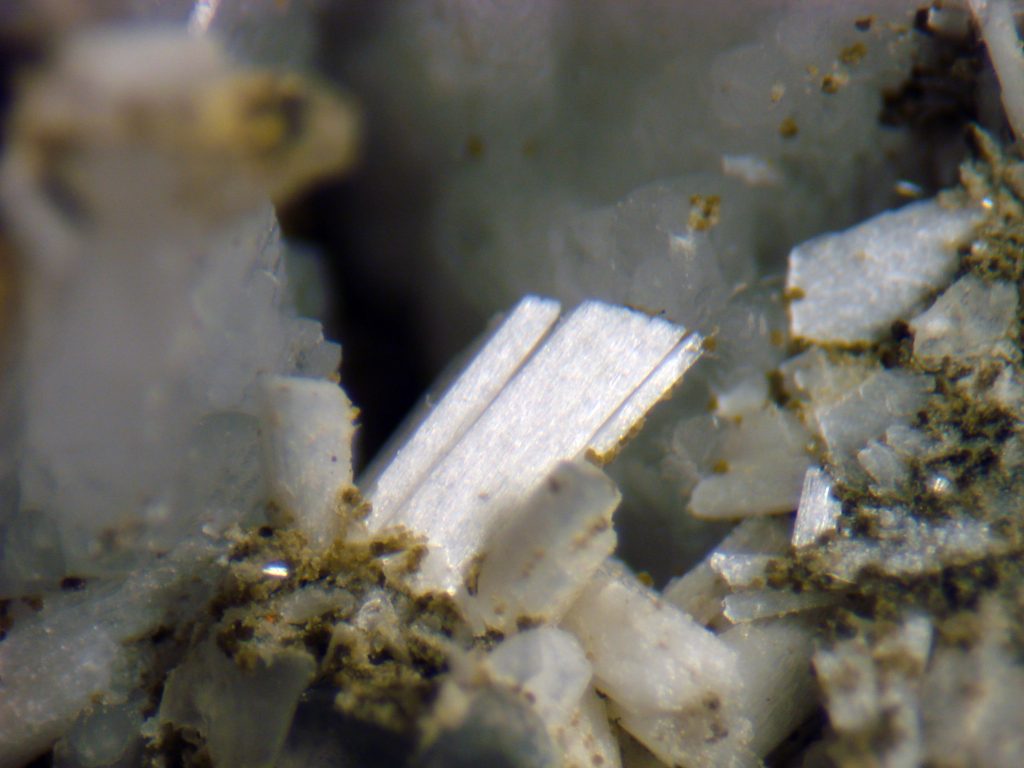
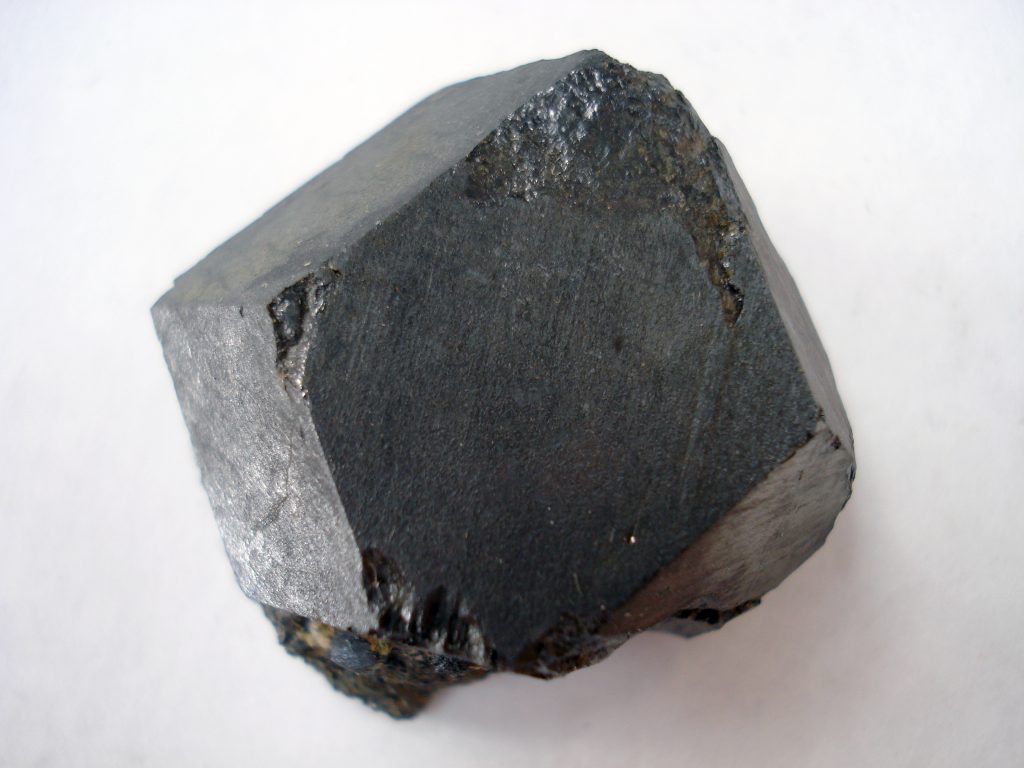
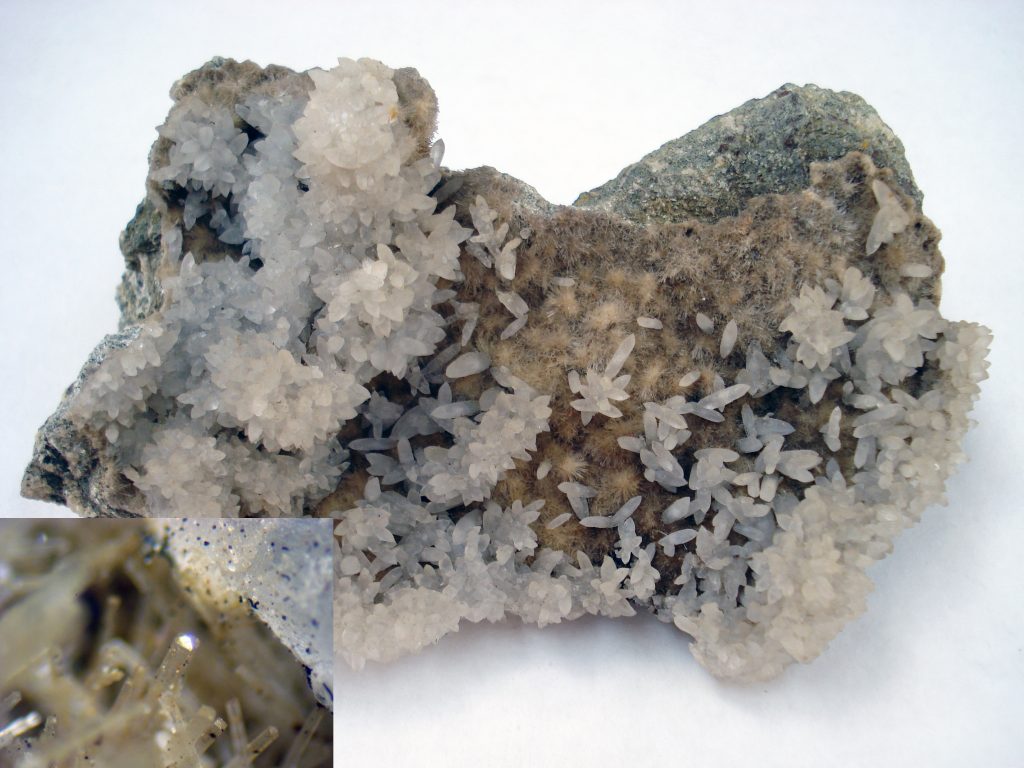
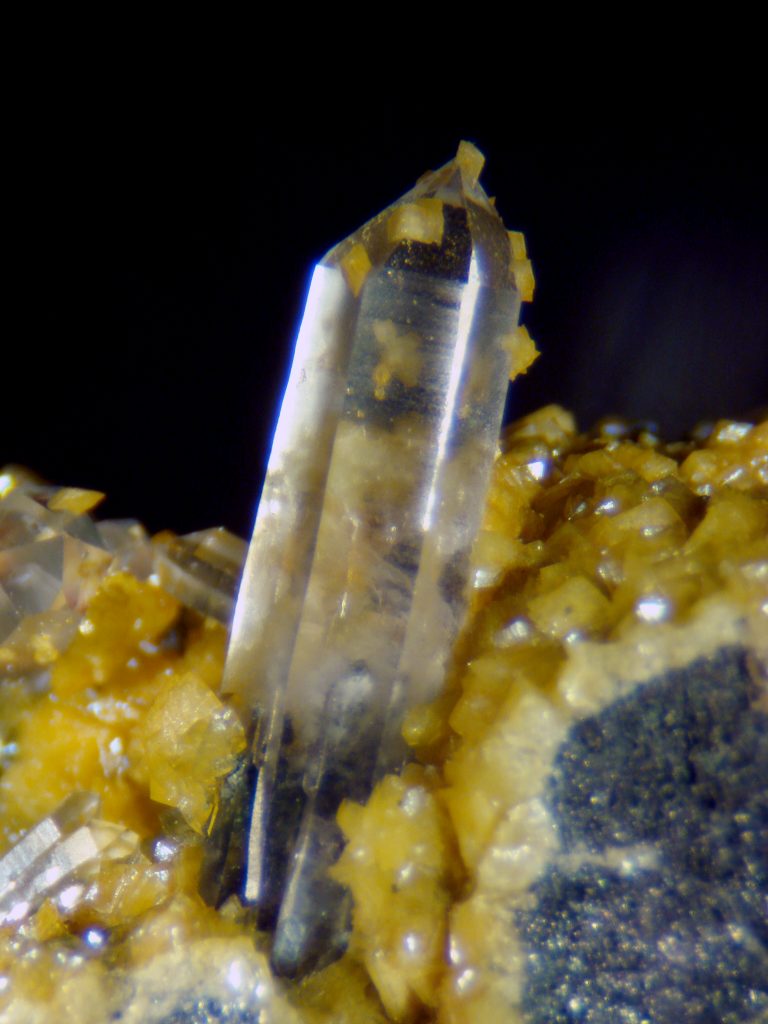
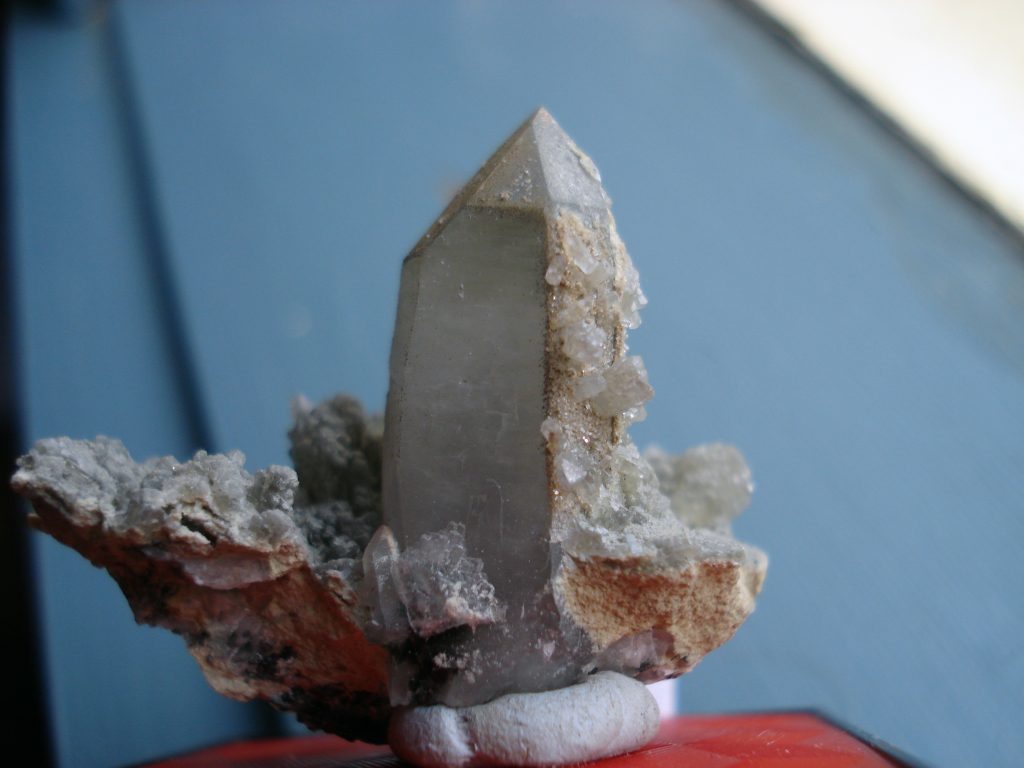


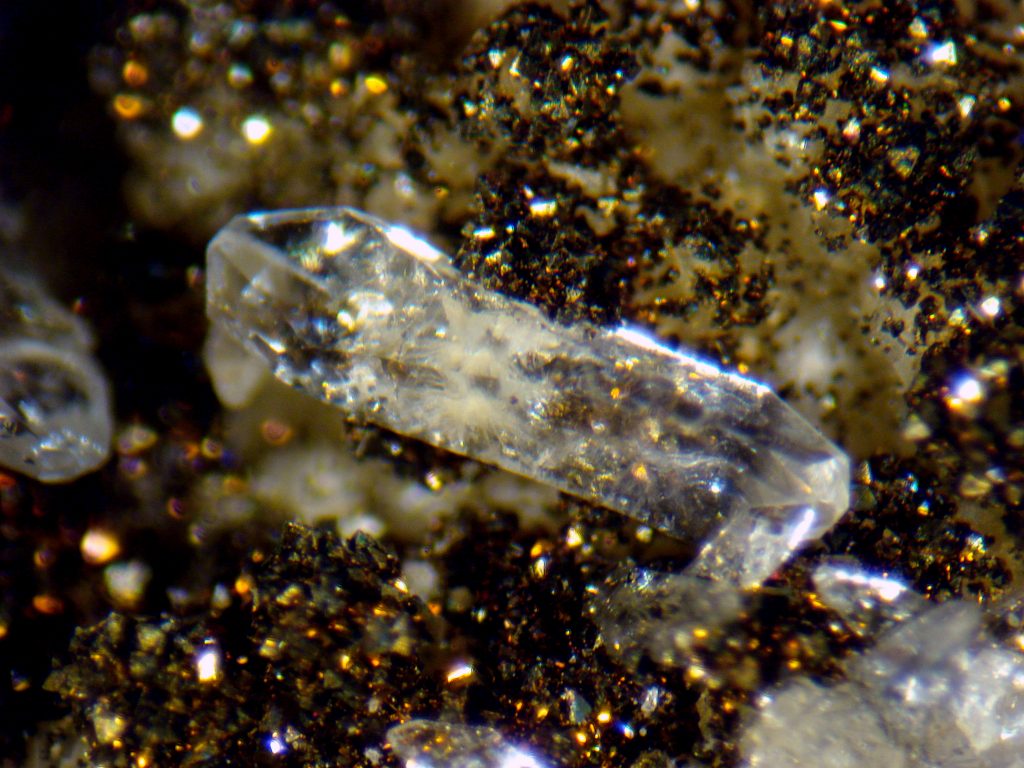
References
Anon, Qld Govt. Mining Journal:
- Vol 3, 1902, pp298-302
- Vol 5, 1904, pp605-609
- Vol 17, 1916, p125
- Vol 22, 1921, pp274-275
- Vol 32, 1931, pp477-478
- Vol 35, 1934, p99
- Vol 57, 1956, pp837-843
- Vol 66, 1965, pp498-500
Ball, L.C., (1902), Mount Biggenden Gold and Bismuth Mine and Paradise Gold Field. GSQ., No. 173.
Clarke, D.E., (1969), Geology of the Mount Biggenden Gold and Bismuth Mine and Environs GSQ., Rpt. No. 32.
Dunstan, B, (1913), Queensland Mineral Index and Guide, Queensland Geological Survey Publication No. 241
Murphy, P.C., (No Date), Descriptive Mineralogy of the Mount Biggenden Mine, Biggenden, Queensland.
Rands, W.H., (1890), Mount Biggenden Bismuth Mine, Gebangle and the Mount Shamrock Mine. GSQ., No. 60.
Saint-Smith, E.C., (1918, 1919), Annual Rpt., Qld. Dept. of Mines.
Stevens, E.L. & Sorrell, S. (2006), The Mt. Biggenden Gold and Bismuth Mine, Australian and New Zealand Mineral Collector Magazine, No. 6.
